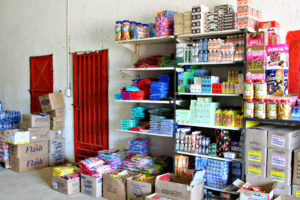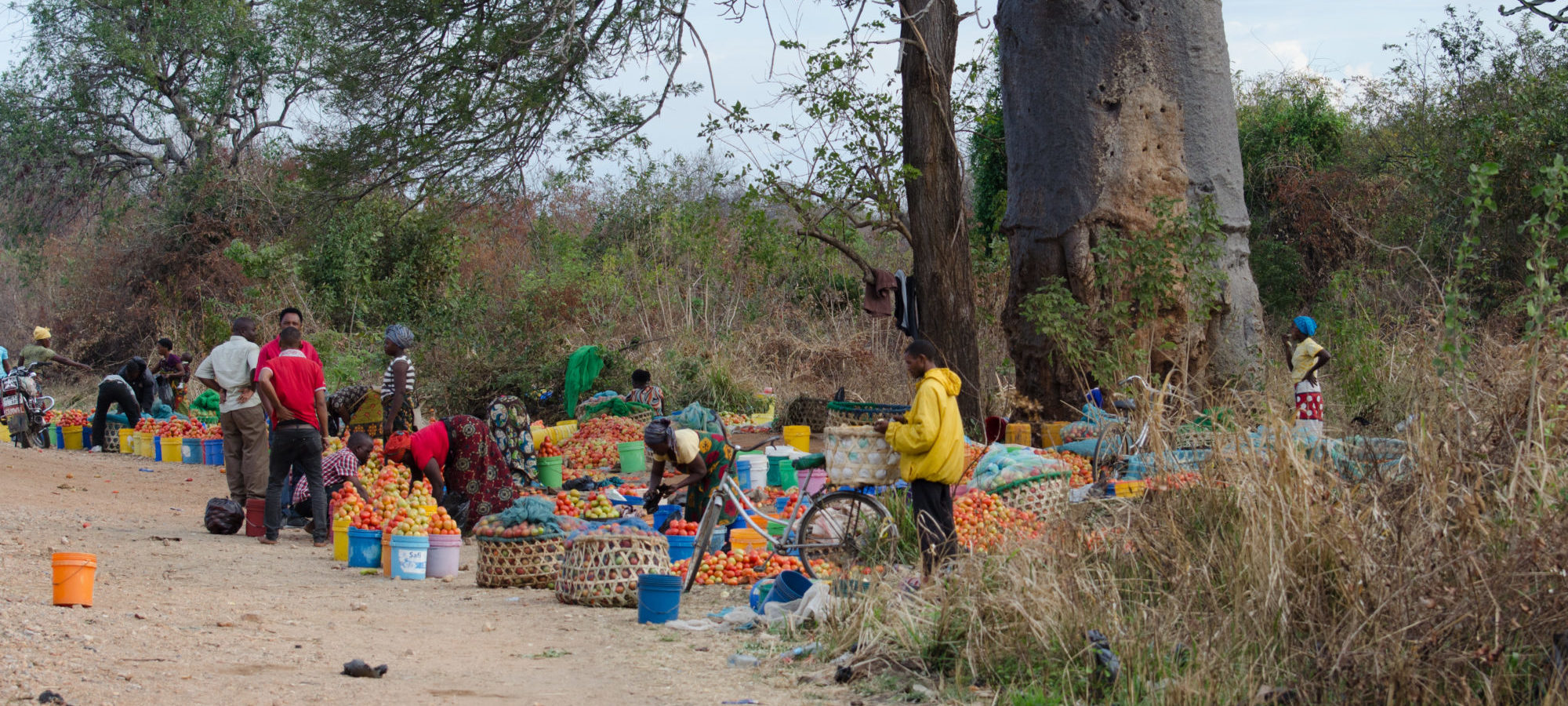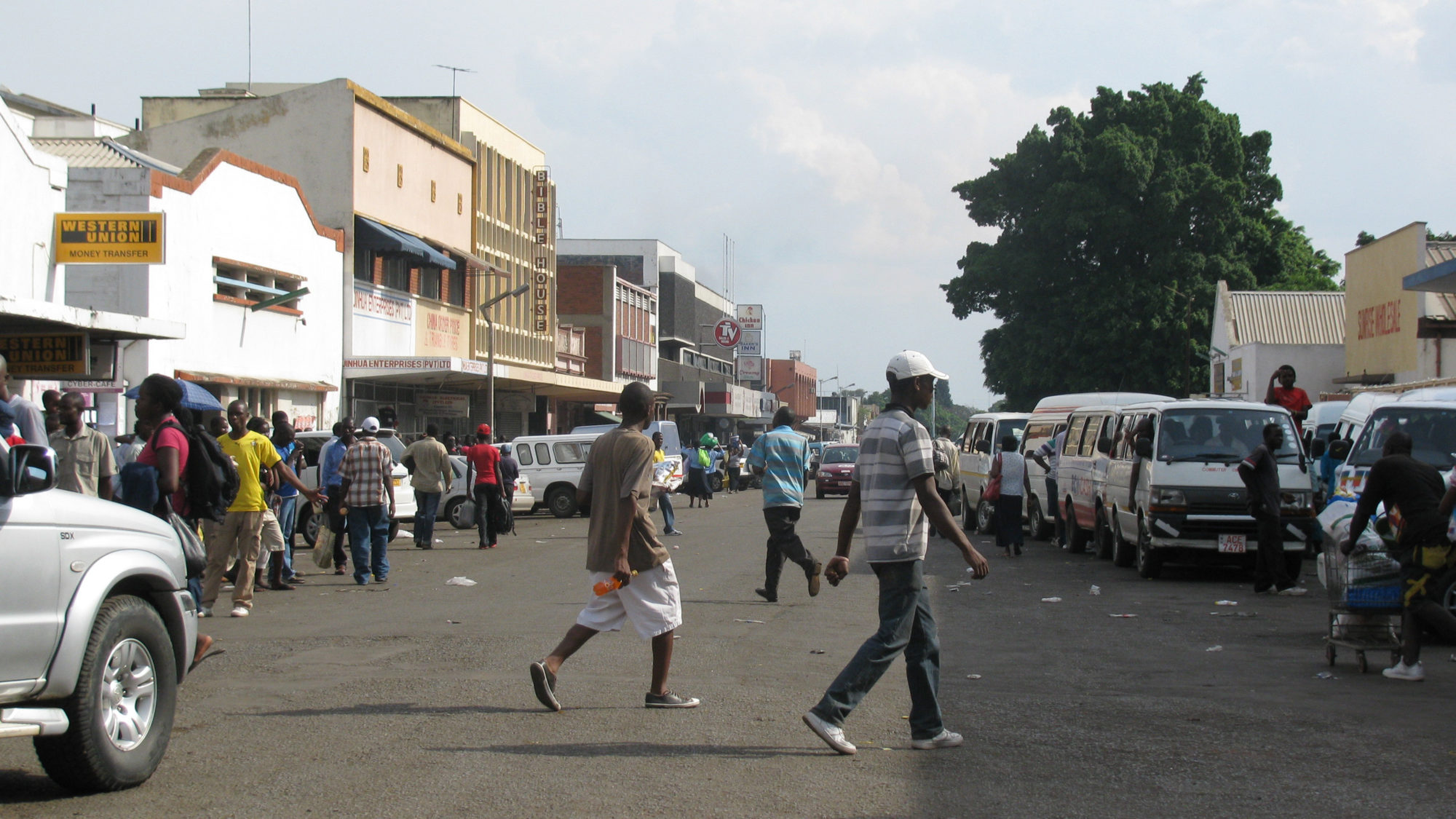
Banks need a paradigm shift to make headway in developing countries
In 1778 the first modern-day savings bank in Germany was founded in Hamburg. The bank was set up to develop solutions for people with low incomes to save small sums of money and support business startups. Fast forward two centuries and there are now 431 savings banks in Germany with



















